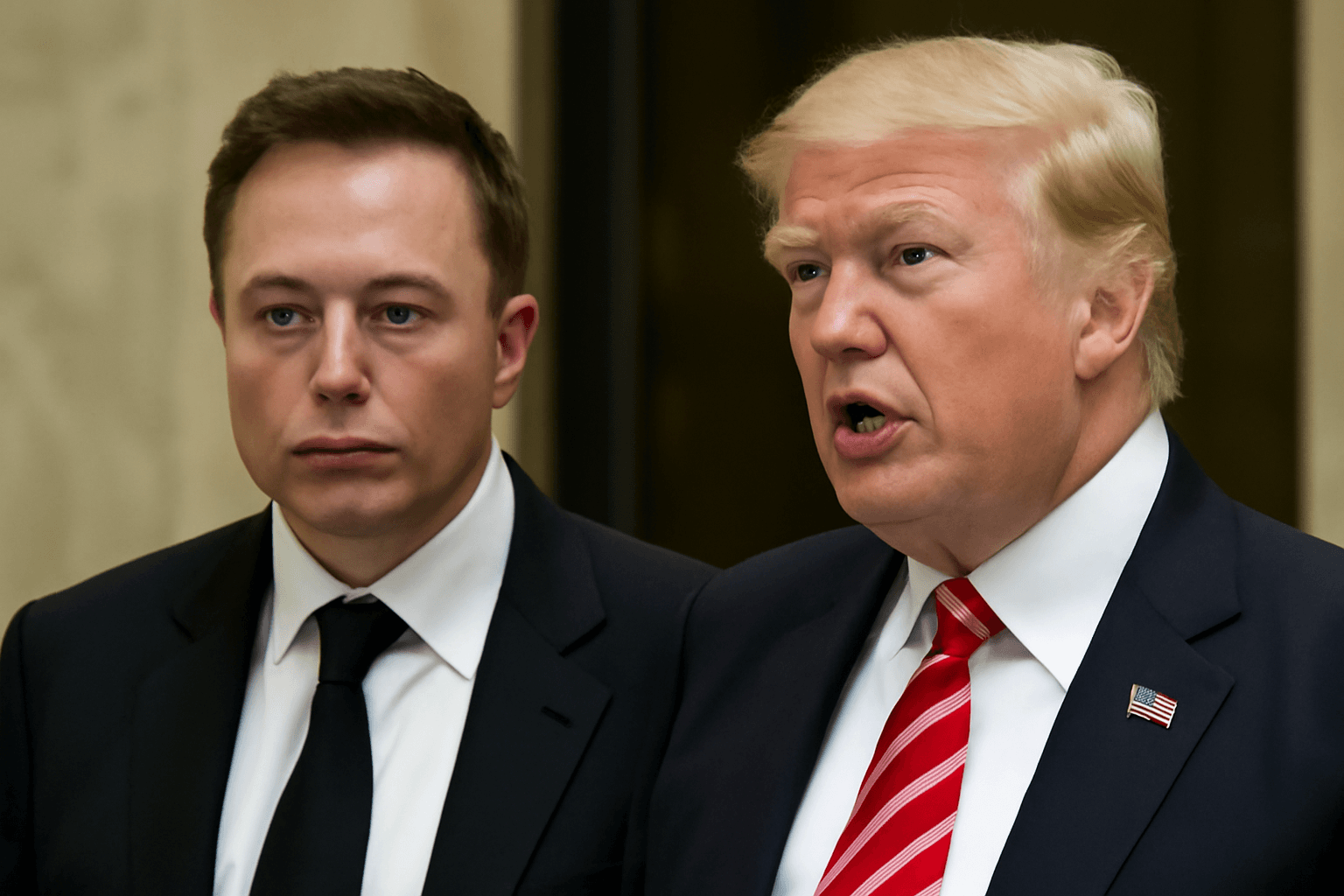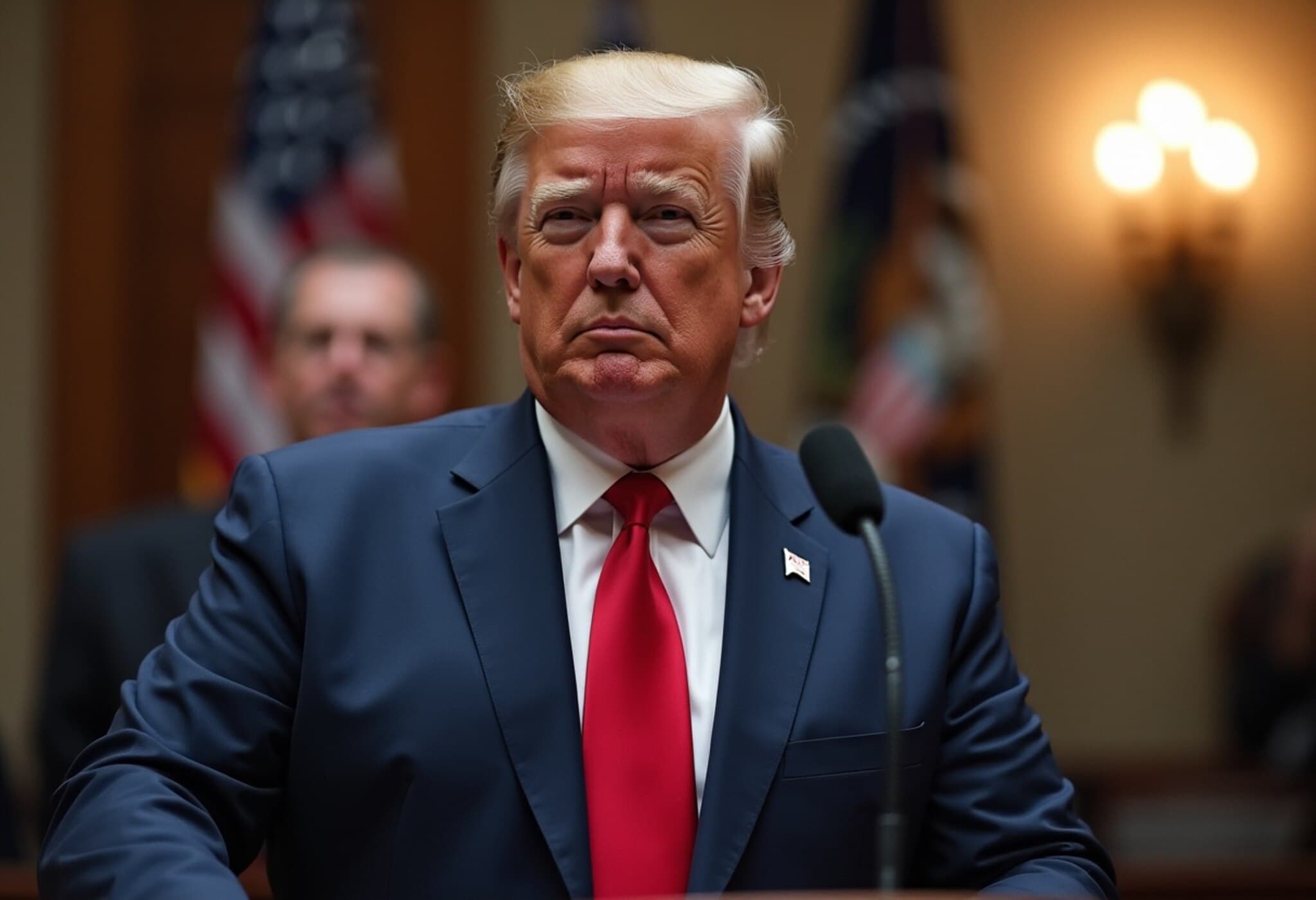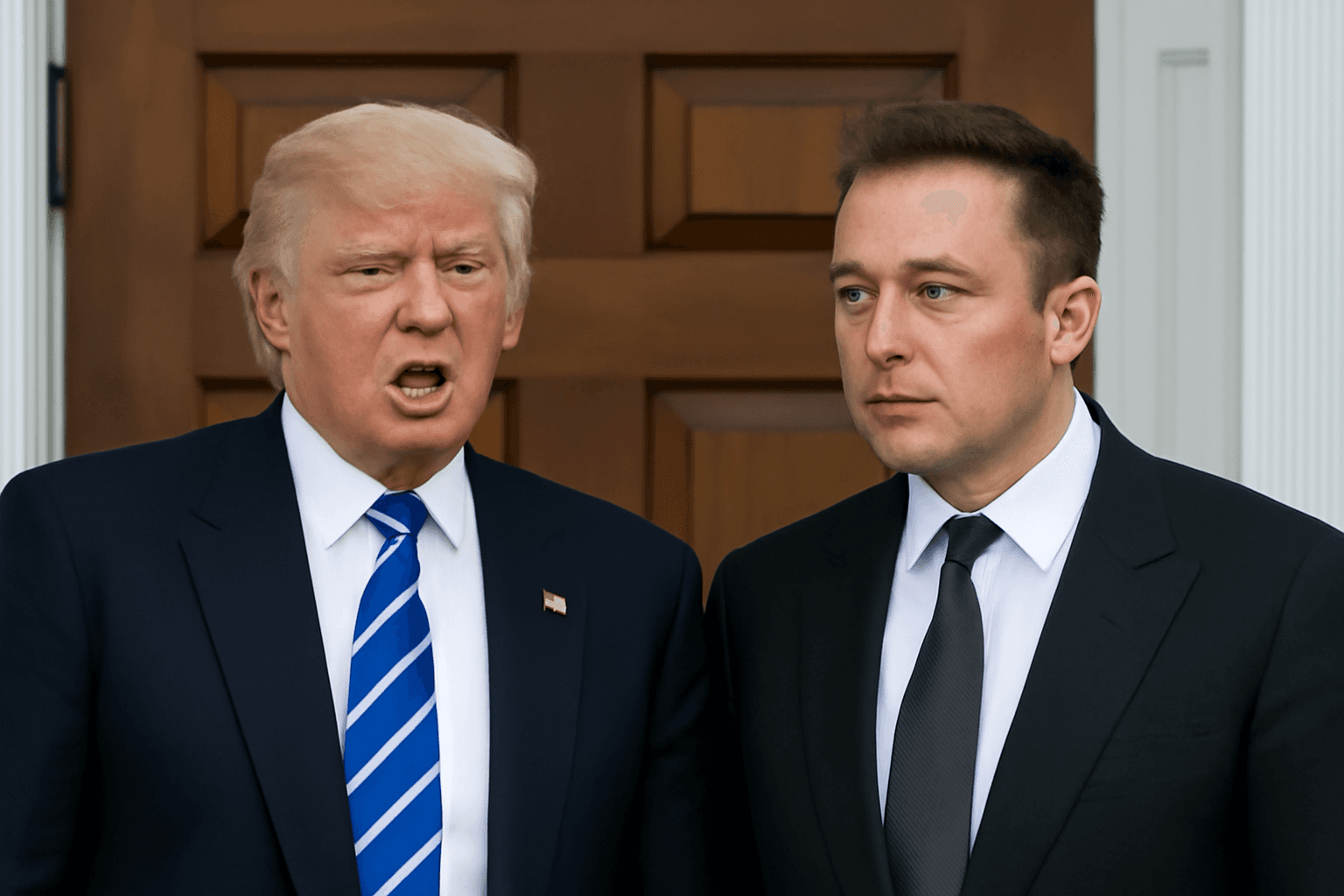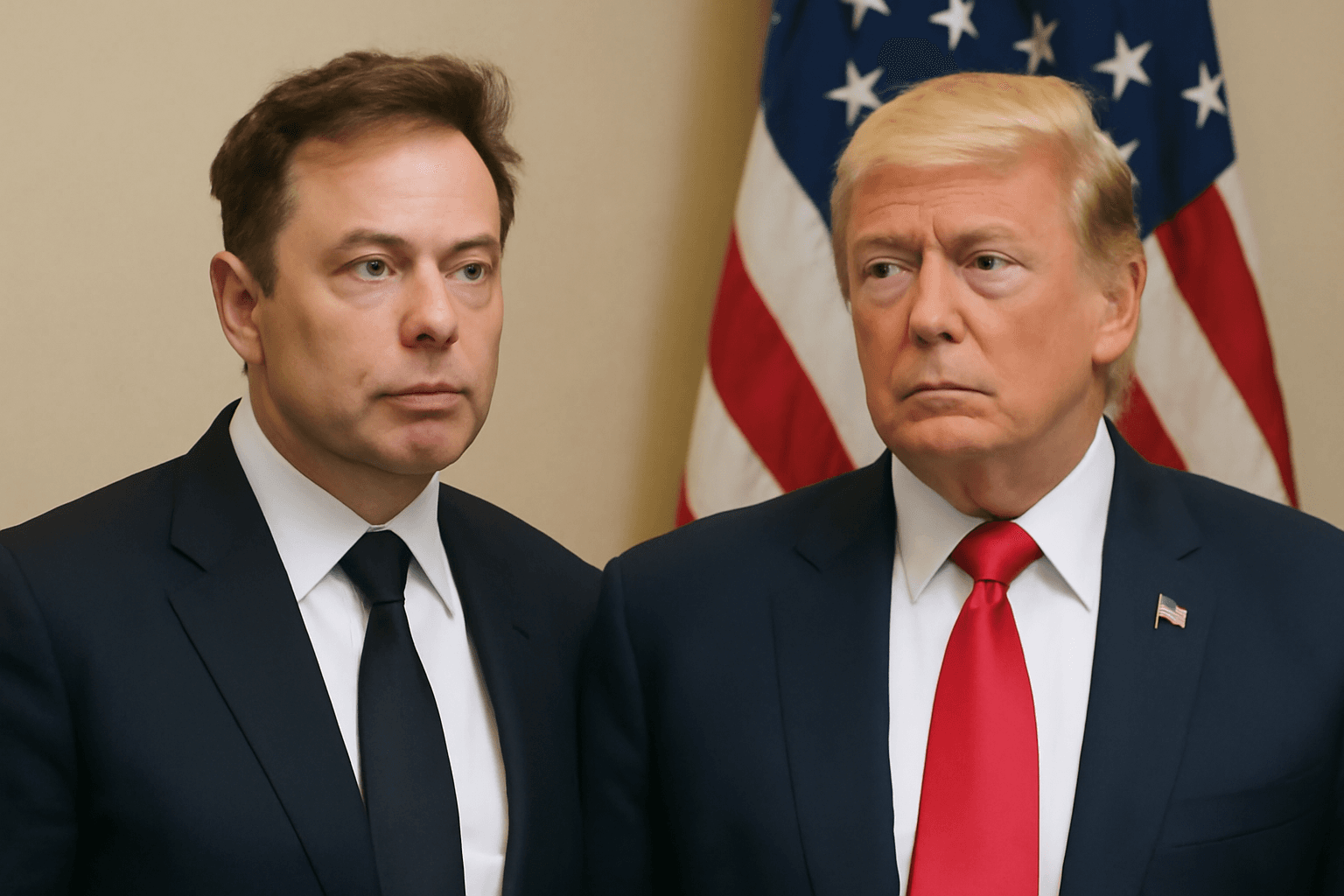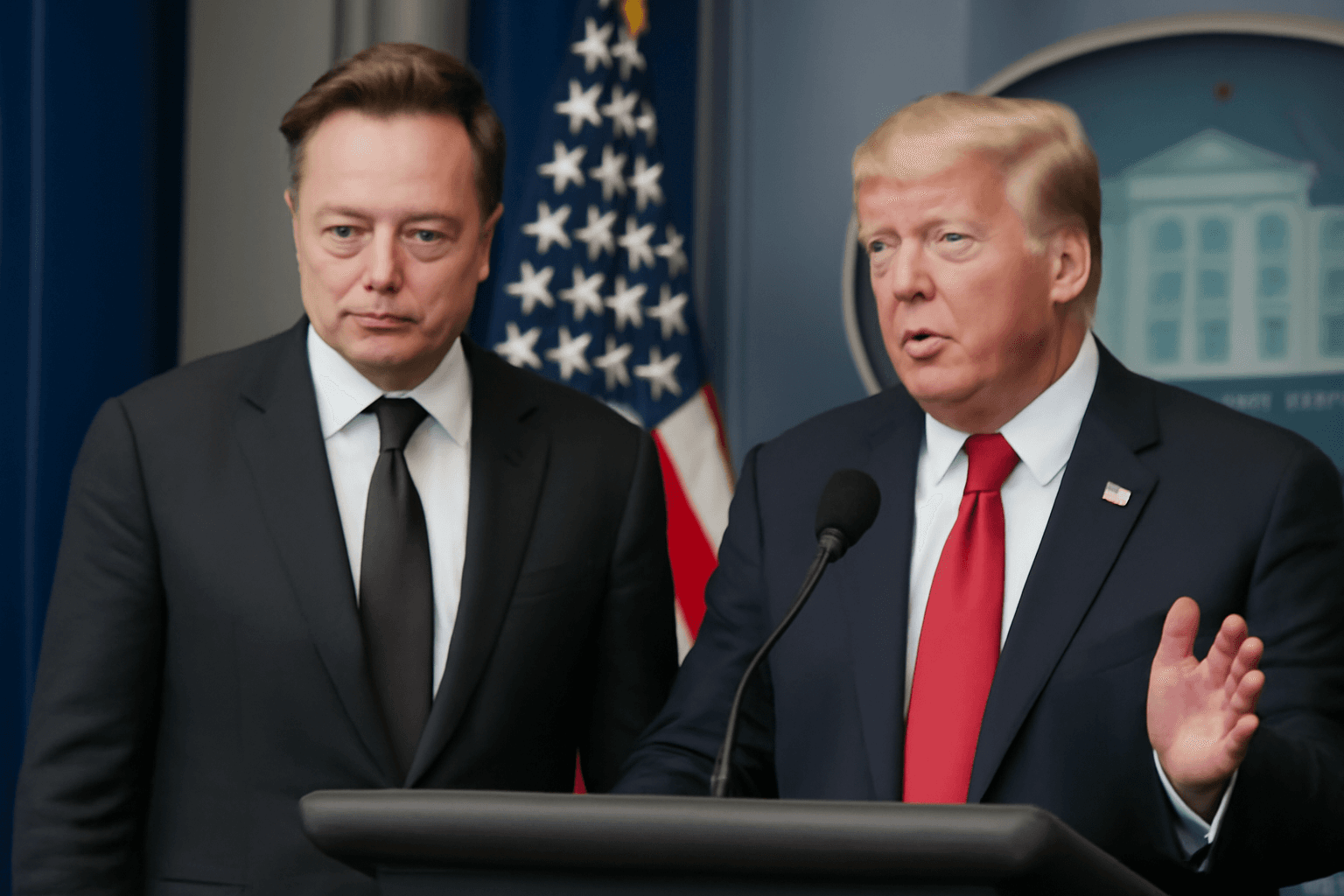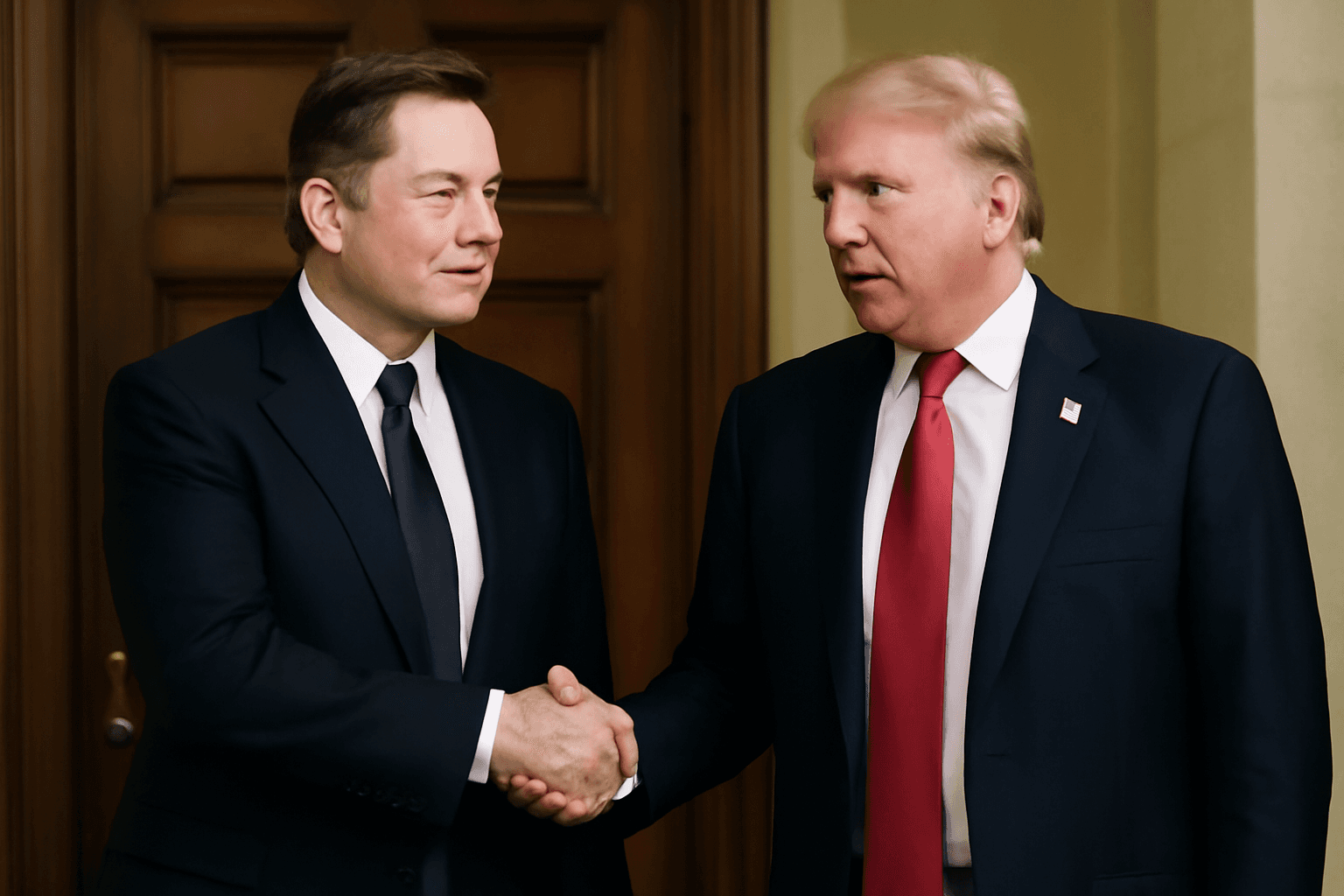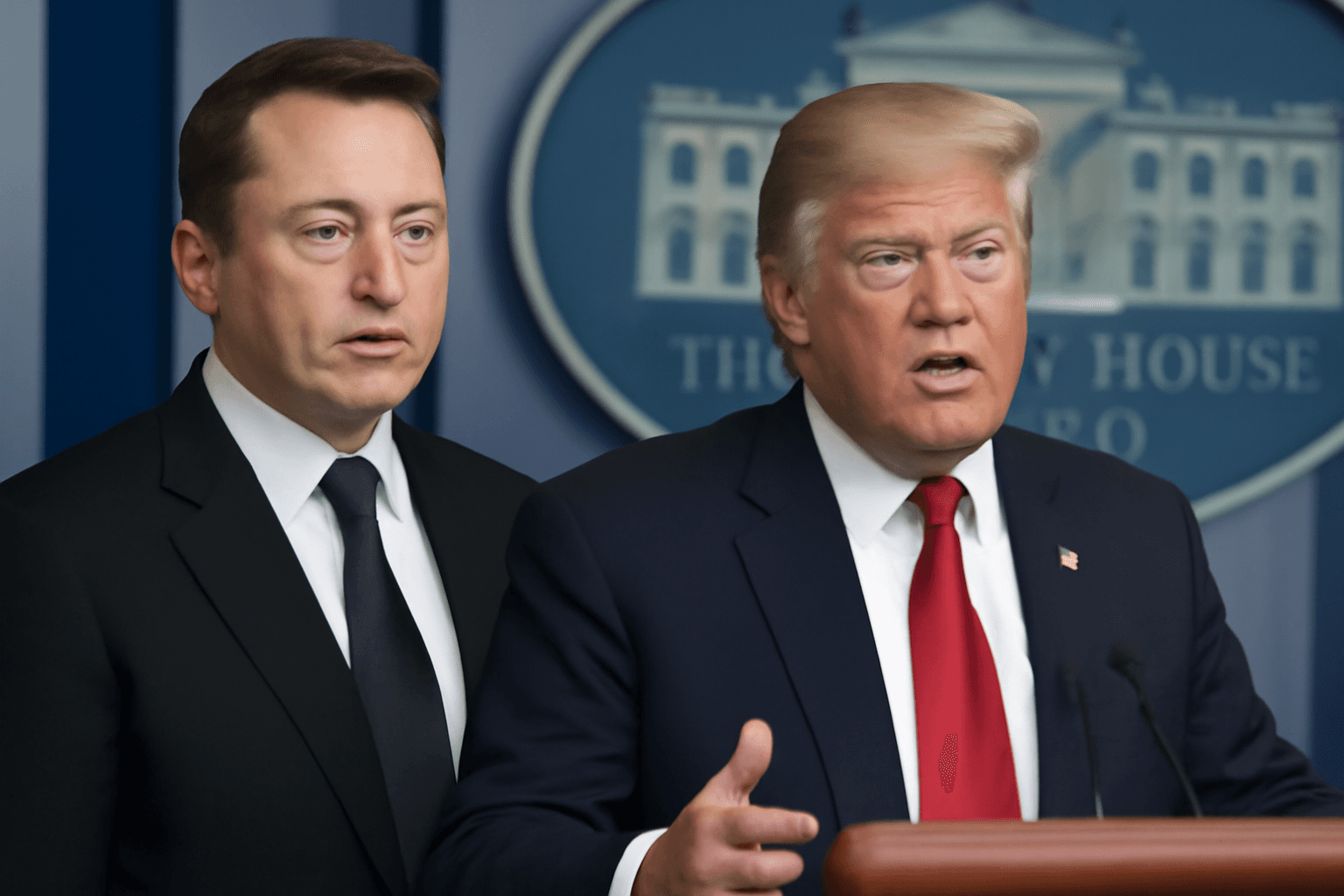Unpacking DOGE’s Controversial Savings Figures
Since its inception, the Department of Government Efficiency (DOGE), a centerpiece of the Trump administration’s cost-cutting agenda, has touted staggering taxpayer savings exceeding $54 billion by canceling federal contracts and tightening spending controls. But recent investigations reveal these headline-grabbing figures rest on shaky math and accounting sleights that significantly overstate actual savings.
What Does the Data Really Say?
Independent analysis examining federal spending between February and July 2025 shows verifiable savings from contract cancellations around $1.4 billion—a far cry from the agency’s claim of $32.7 billion during the same timeframe. This massive discrepancy stems largely from DOGE’s use of maximum contract ceiling values rather than the actual funds obligated or spent.
Ceiling Values vs. Real Money Saved
DOGE’s calculation method treats the full authorized limit of a contract as “savings” the moment it’s canceled or reduced. Experts liken this to canceling a credit card with a $20,000 limit and claiming a guaranteed $20,000 windfall—regardless of how much was actually charged. Many contracts’ ceilings far exceed their spending to date, rendering DOGE’s approach misleading.
The White House defends these figures as “rigorously scrubbed” and updated real-time, but a POLITICO investigation uncovered that nearly 40% of claimed savings from canceled contracts lack verifiable details, withheld by DOGE itself.
Reducing Contract Ceilings Doesn’t Always Mean Cutting Costs
Another critical nuance is that DOGE often doesn't outright cancel contracts; instead, they reduce their maximum authorized amounts. While this lowers theoretical exposure, it doesn’t necessarily cut actual expenditures. For the contracts traceable through public records, ceiling reductions added up to about $14 billion—less than half of DOGE’s claimed savings.
Case in Point: The Veterans Affairs and Migrant Shelter Contracts
- At the Department of Veterans Affairs, DOGE boasted nearly $932 million in savings from contract cancellations, including one for suicide prevention services. But records show only about $132 million was recovered before those services were reinstated.
- A migrant shelter contract in Pecos, Texas, was touted as saving $2.9 billion; however, the realistic maximum savings before its scheduled review was closer to $126 million—roughly 4% of that claim. The inflated figure arose from subtracting the obligated $428 million from a $3.3 billion ceiling amount.
- Similarly, an Energy Department consulting contract was reported canceled with savings of $166 million. But the contract was only reduced, not canceled, and actual ceiling cuts were just under $100 million without any funds returned.
The Legal and Fiscal Complexities Behind ‘Savings’
Calculating true savings from canceled federal contracts is inherently complex. Terminations often incur additional costs for completed work, lease settlements, and subcontractor obligations—expenses which may only become clear years later.
Moreover, federal law mandates agencies spend the funds allocated by Congress, even if contracts are canceled. Without a formal rescission, unspent amounts generally remain within agency budgets to be redirected, limiting the immediate impact on reducing the federal deficit.
DOGE’s Waning Visibility and Political Turbulence
DOGE’s public accountability suffered after Elon Musk’s departure in May 2025. The agency’s online “wall of receipts,” a ledger of terminated contracts, saw a sharp decline in updates this summer. Musk has since turned critical of the Trump administration, opposing recent spending bills and hinting at a third-party bid promising more aggressive fiscal reforms.
Expert Take: Navigating Between Hype and Reality
While DOGE’s numbers continue to anchor administration messaging on fiscal discipline, experts urge caution in interpreting these figures at face value. The reality likely falls between total bust and total boon—substantial but far from the headline figures touted.
This case further illustrates the difficulty of government-wide performance measurement where methodology, legal frameworks, and political interests heavily shape outcomes.
What Lies Ahead?
Evaluating genuine taxpayer savings demands transparent accounting, real-time data scrutiny, and legal reforms enabling Congress and watchdogs to track and direct unspent funds. It also requires public discourse beyond catchy numbers—appreciating the nuanced dynamics of federal budgeting and contract management.
Editor’s Note:
DOGE’s ambitious cost-cutting claims underscore a broader tension in government accountability: balancing political showmanship with fiscal reality. As taxpayers demand smarter spending, questions remain:
- How can oversight bodies improve transparency and verification of claimed savings?
- Should federal law be amended to allow recaptured funds to reduce the deficit directly?
- What lessons do DOGE’s flawed metrics offer for future government efficiency initiatives?
Understanding these complexities is essential as policymakers weigh the true impact of efficiency drives amid an evolving political landscape.


